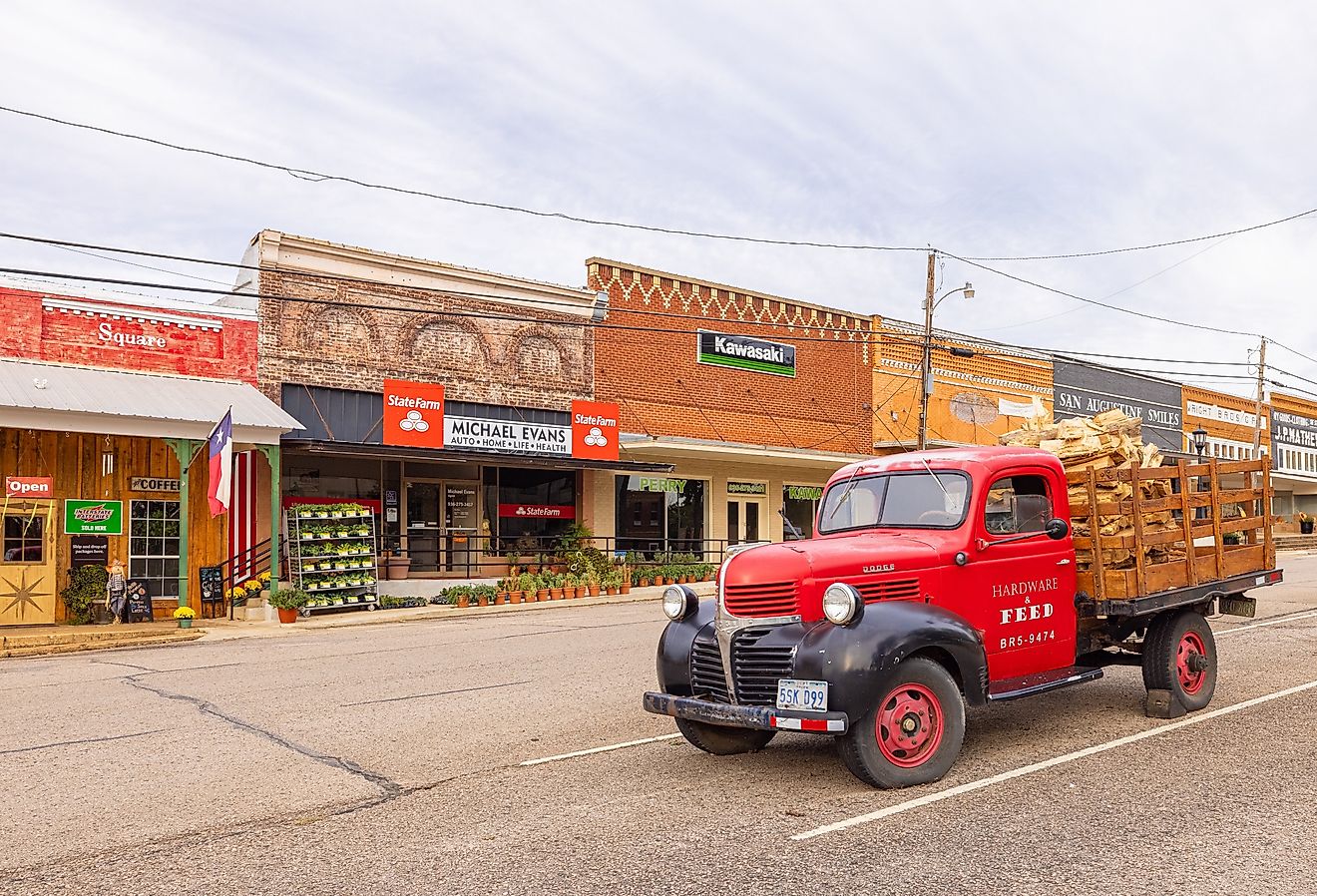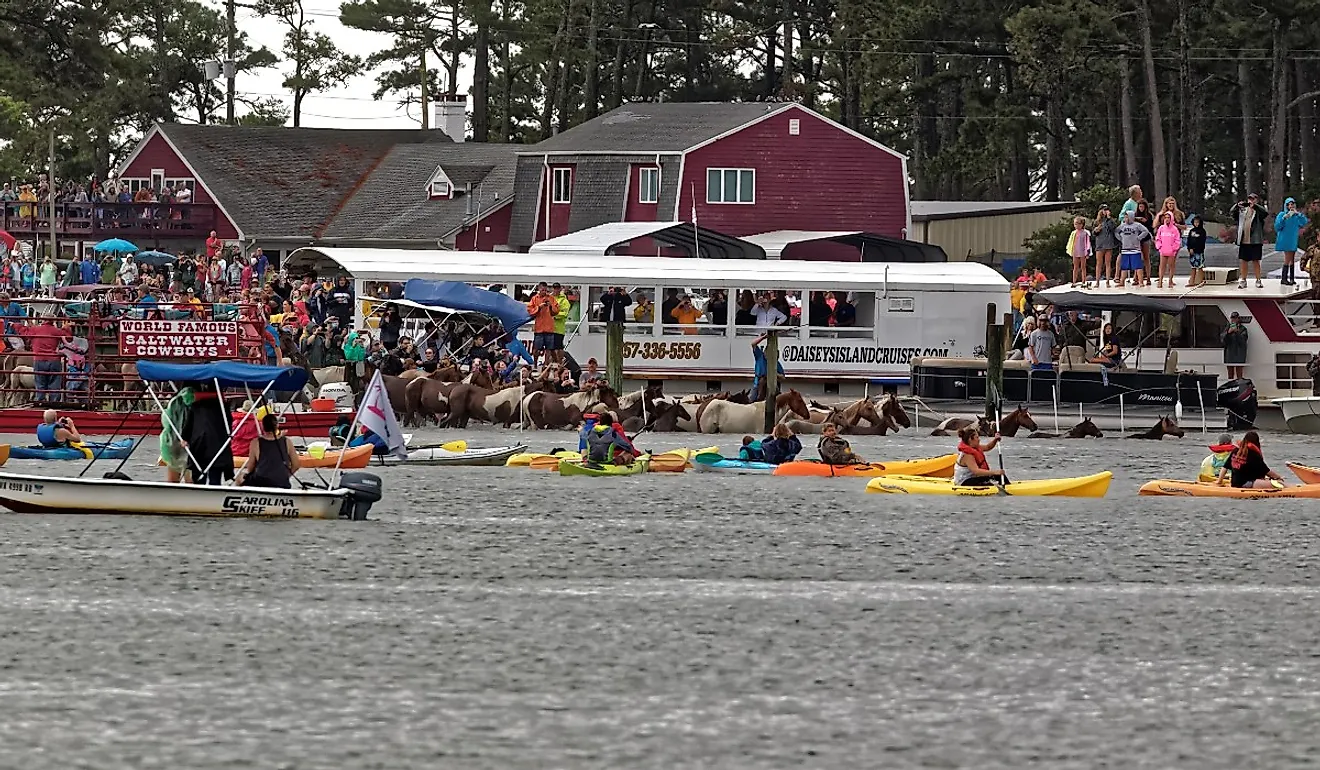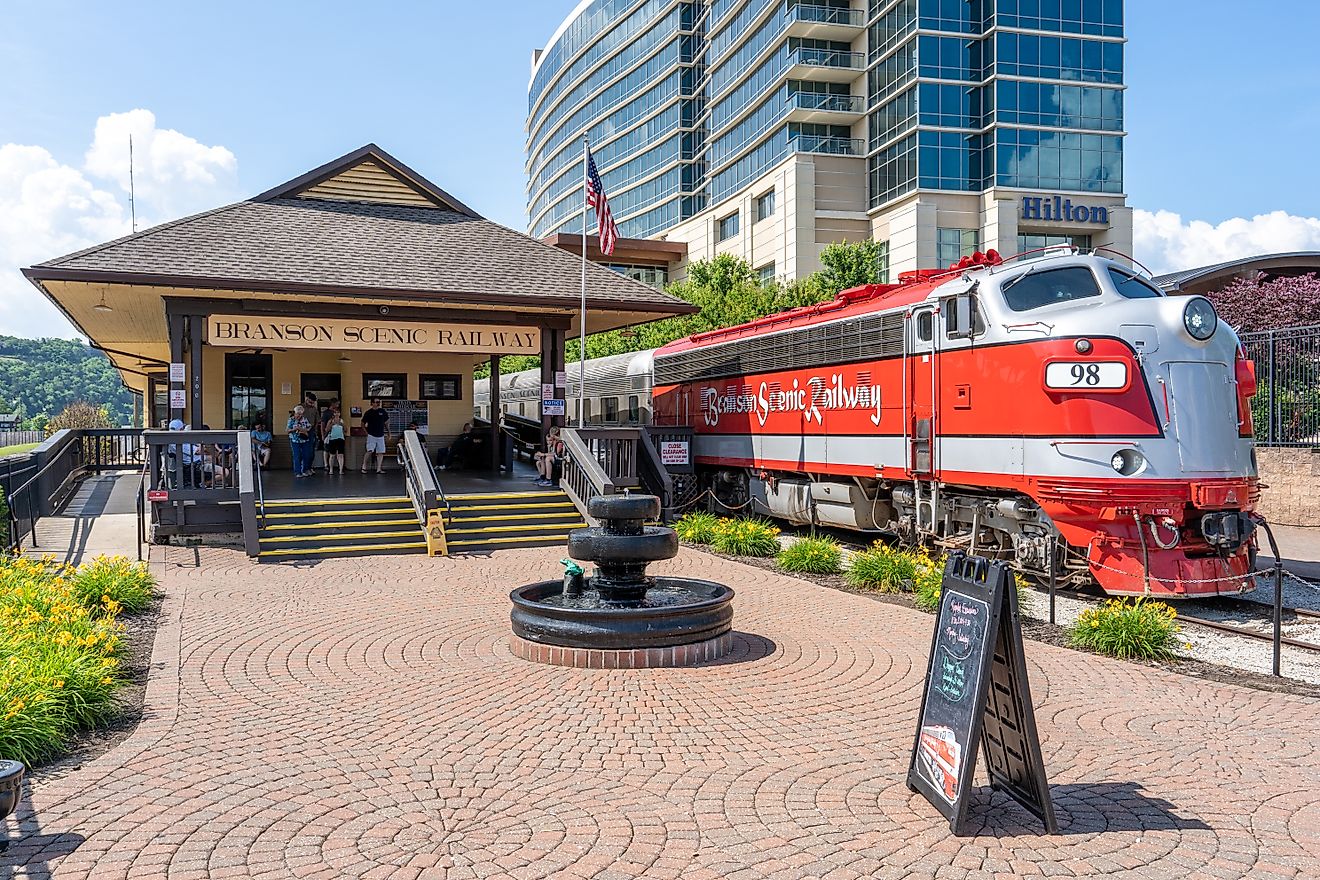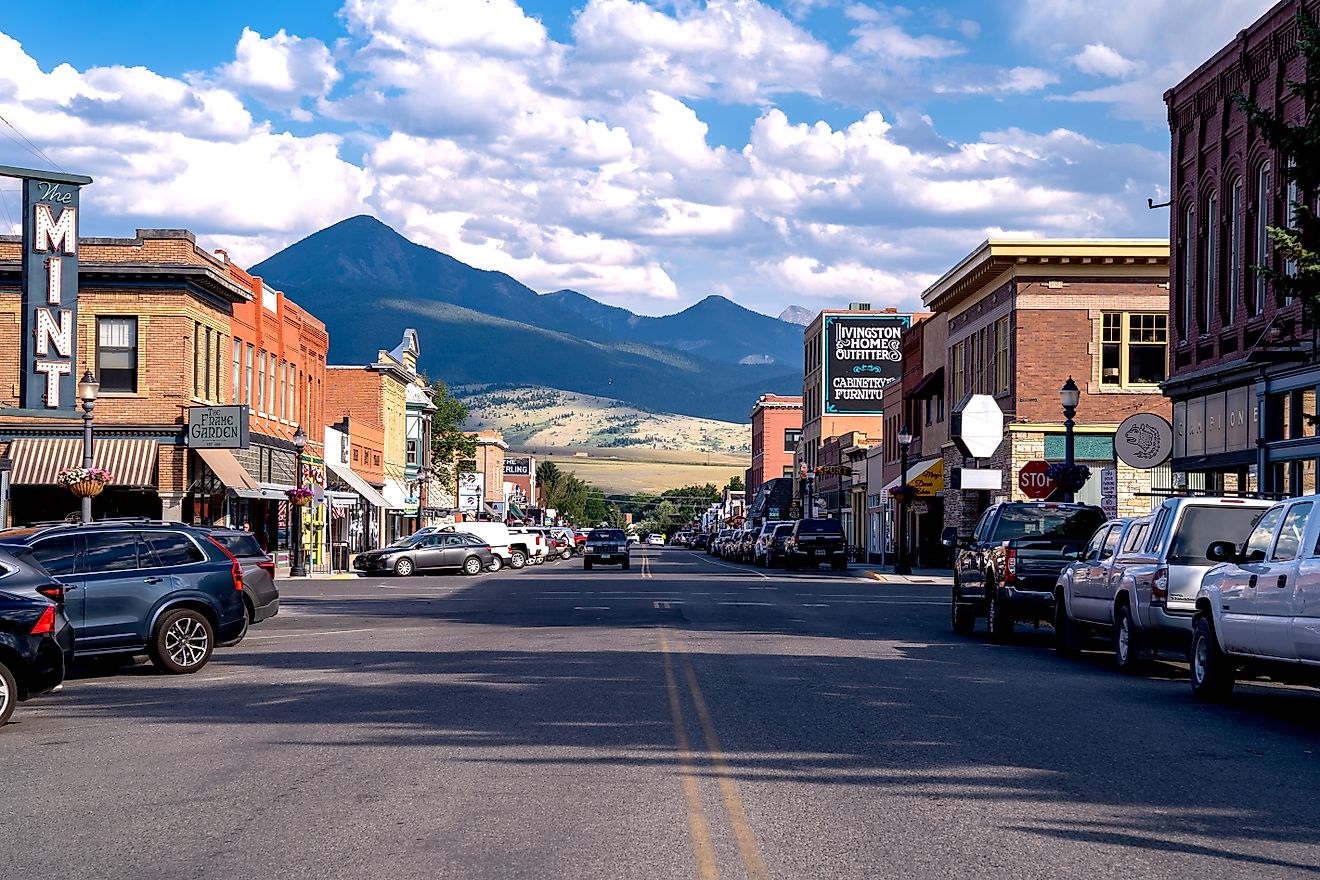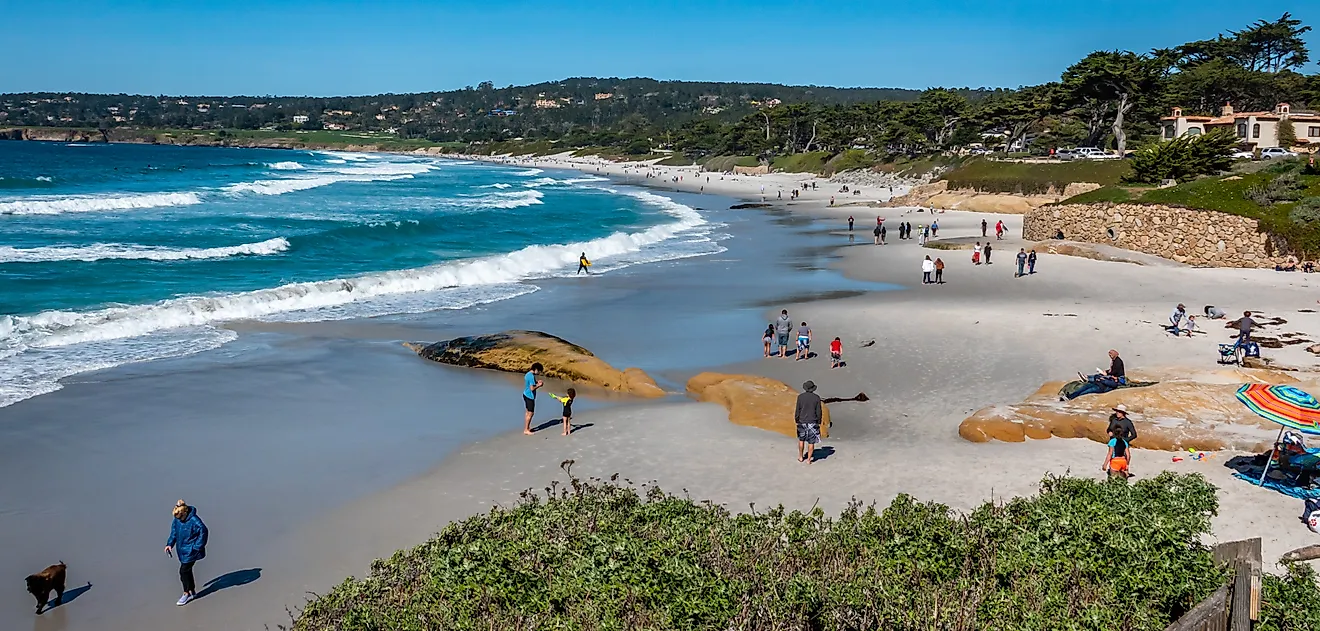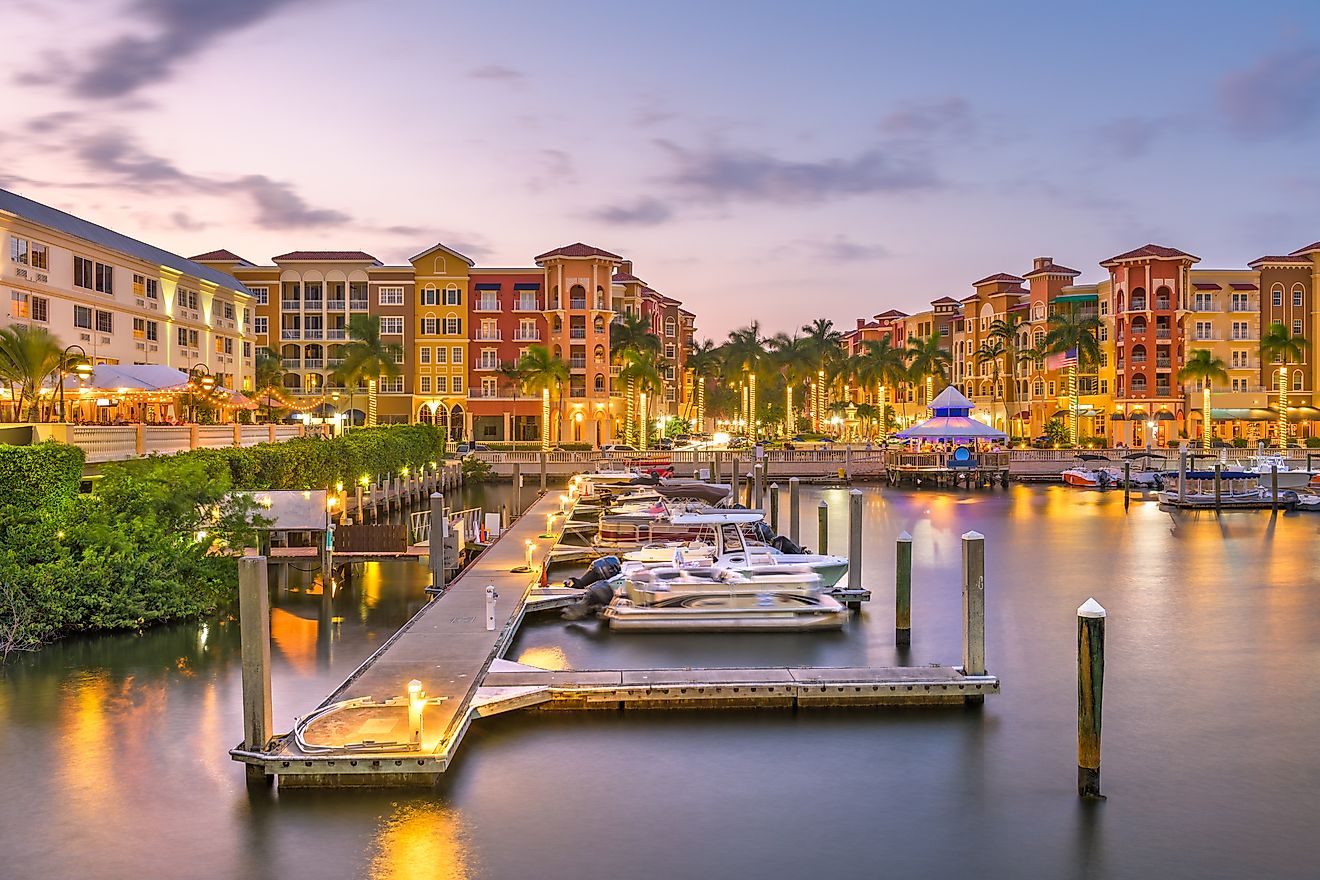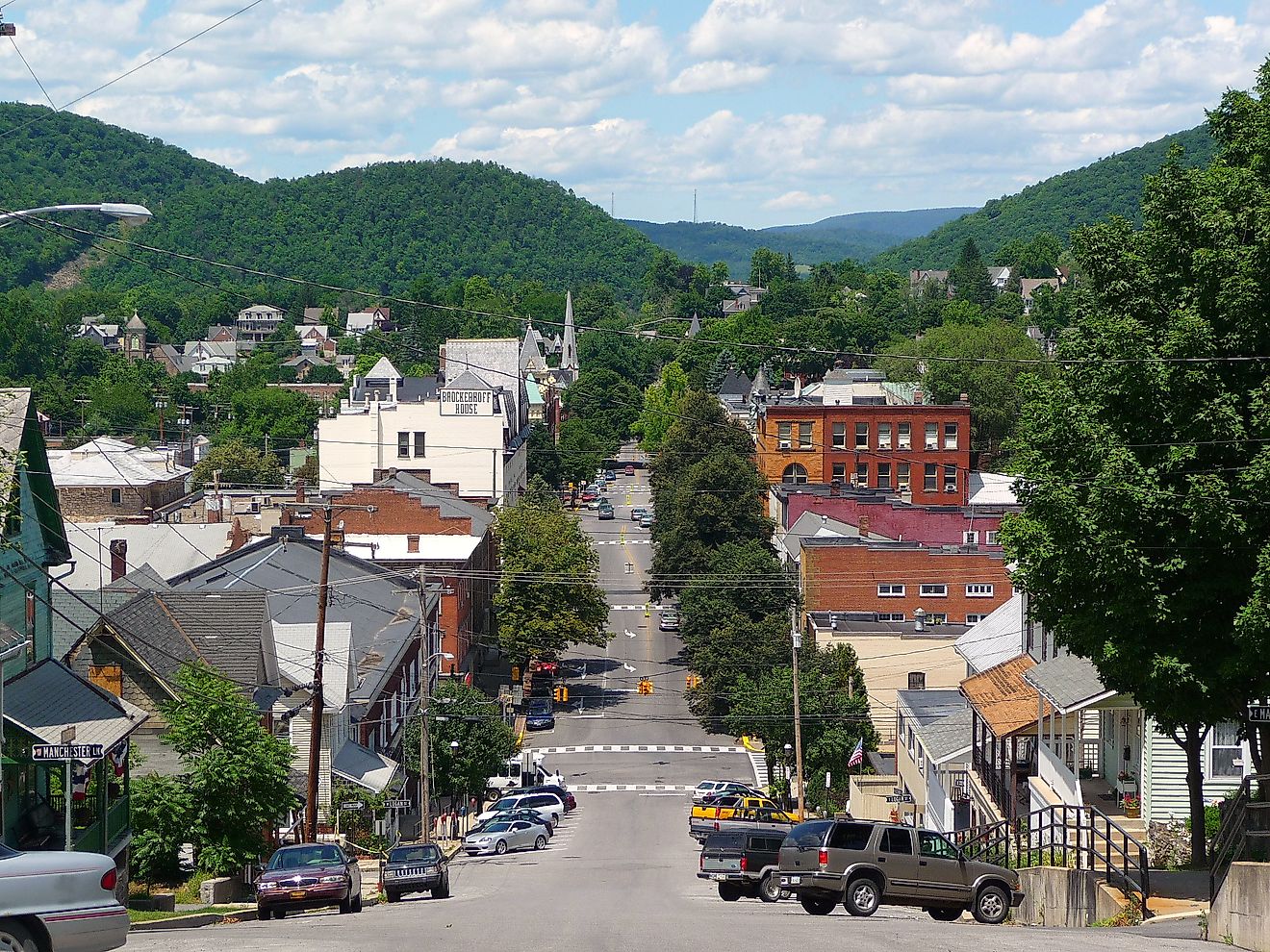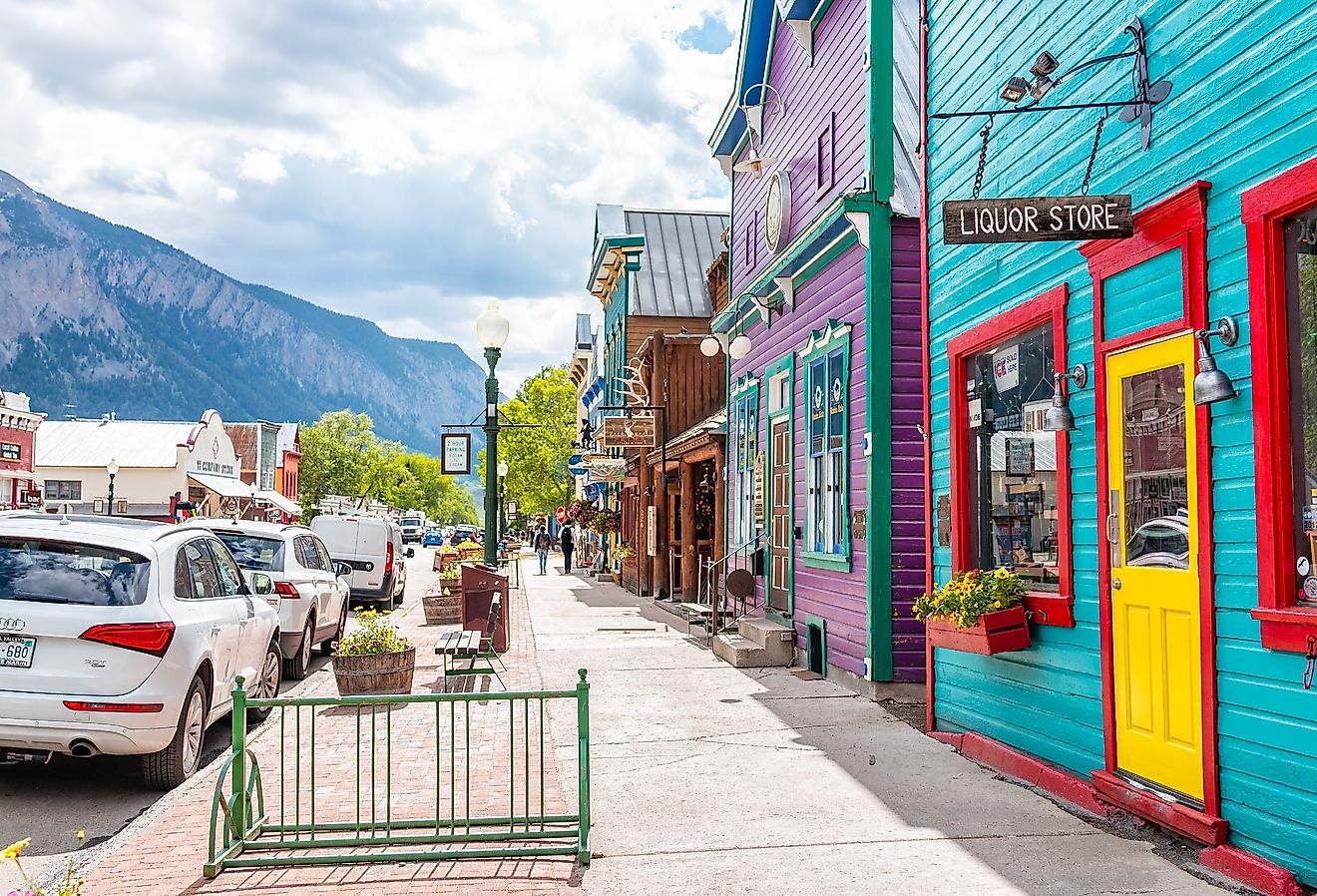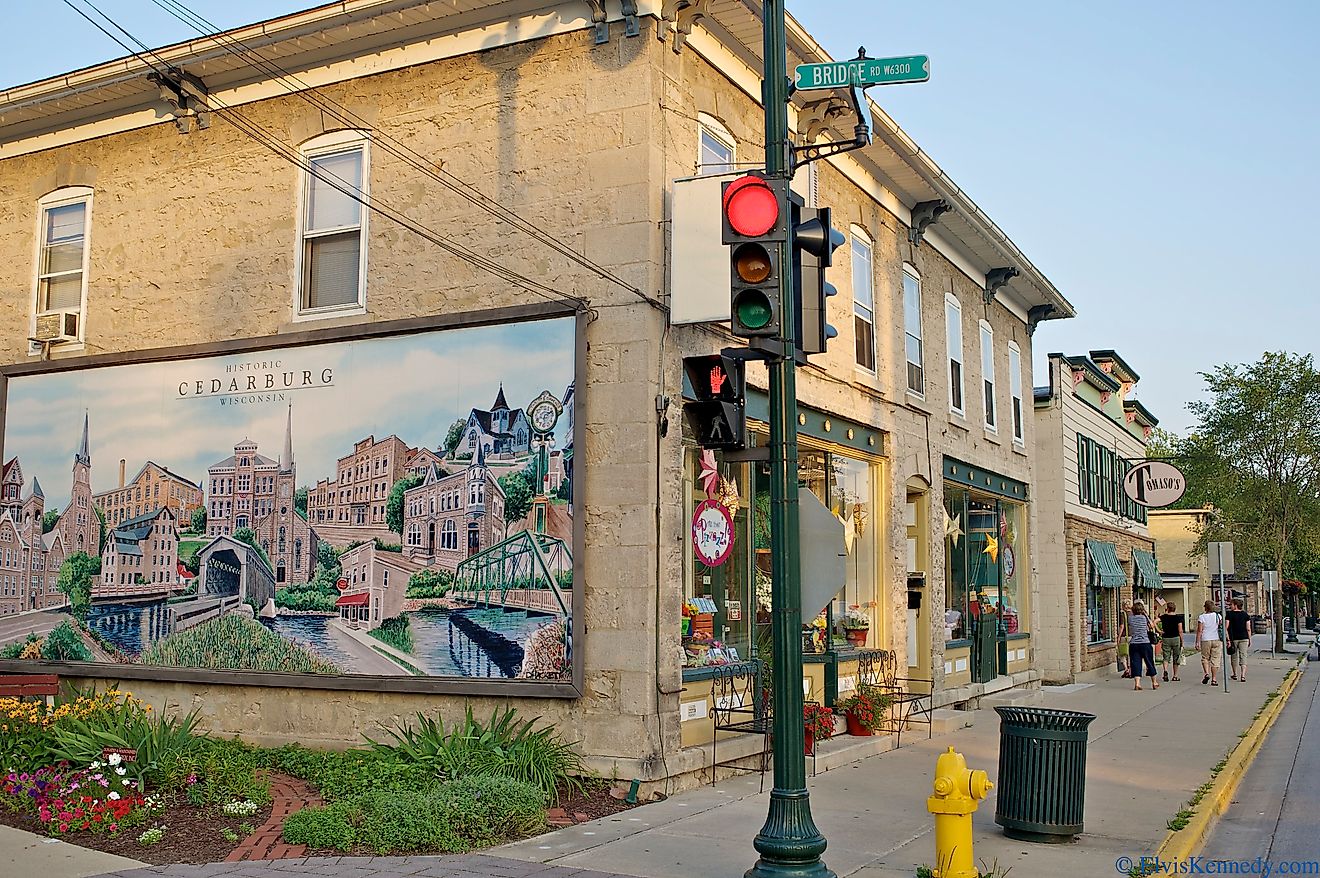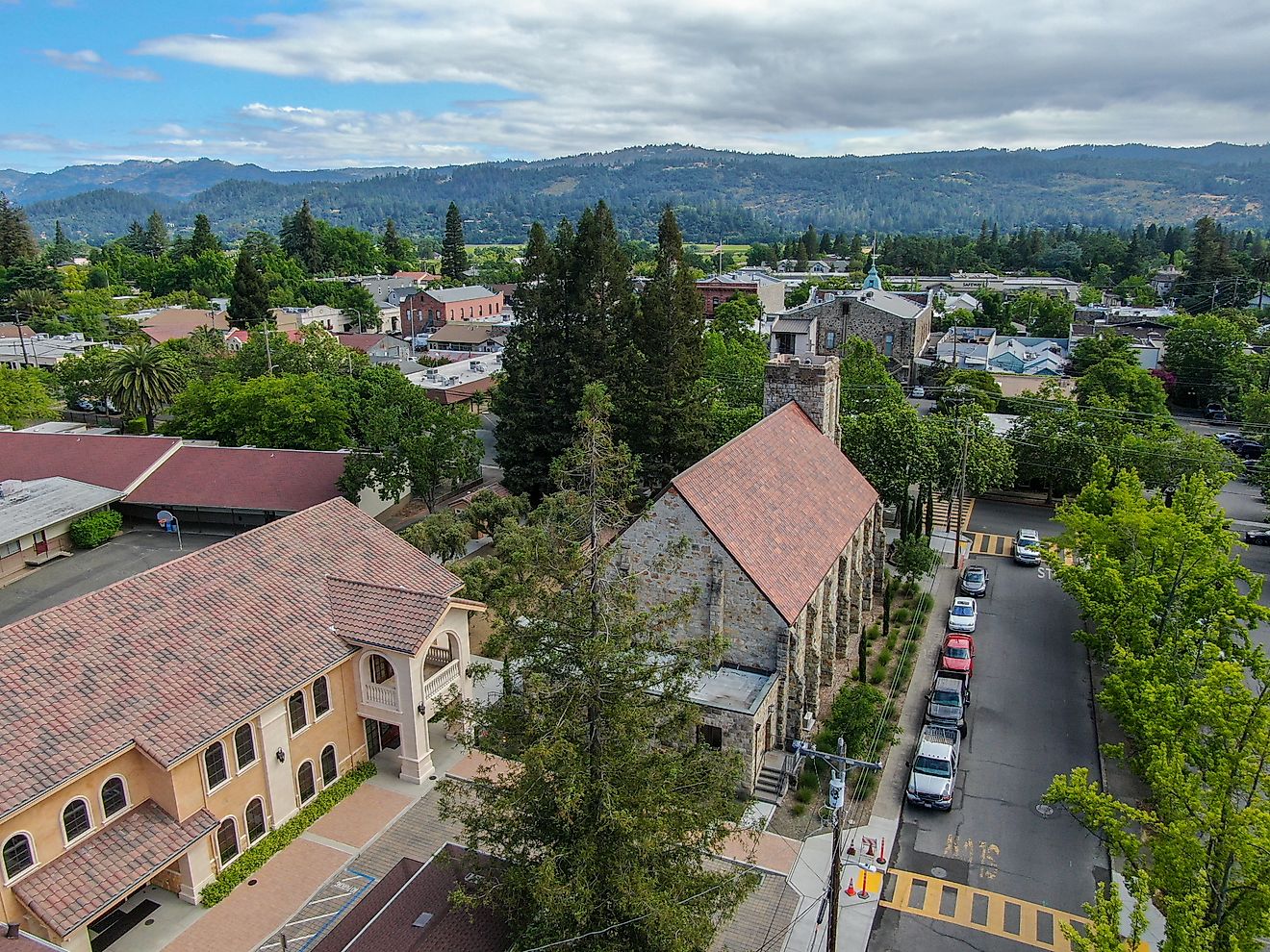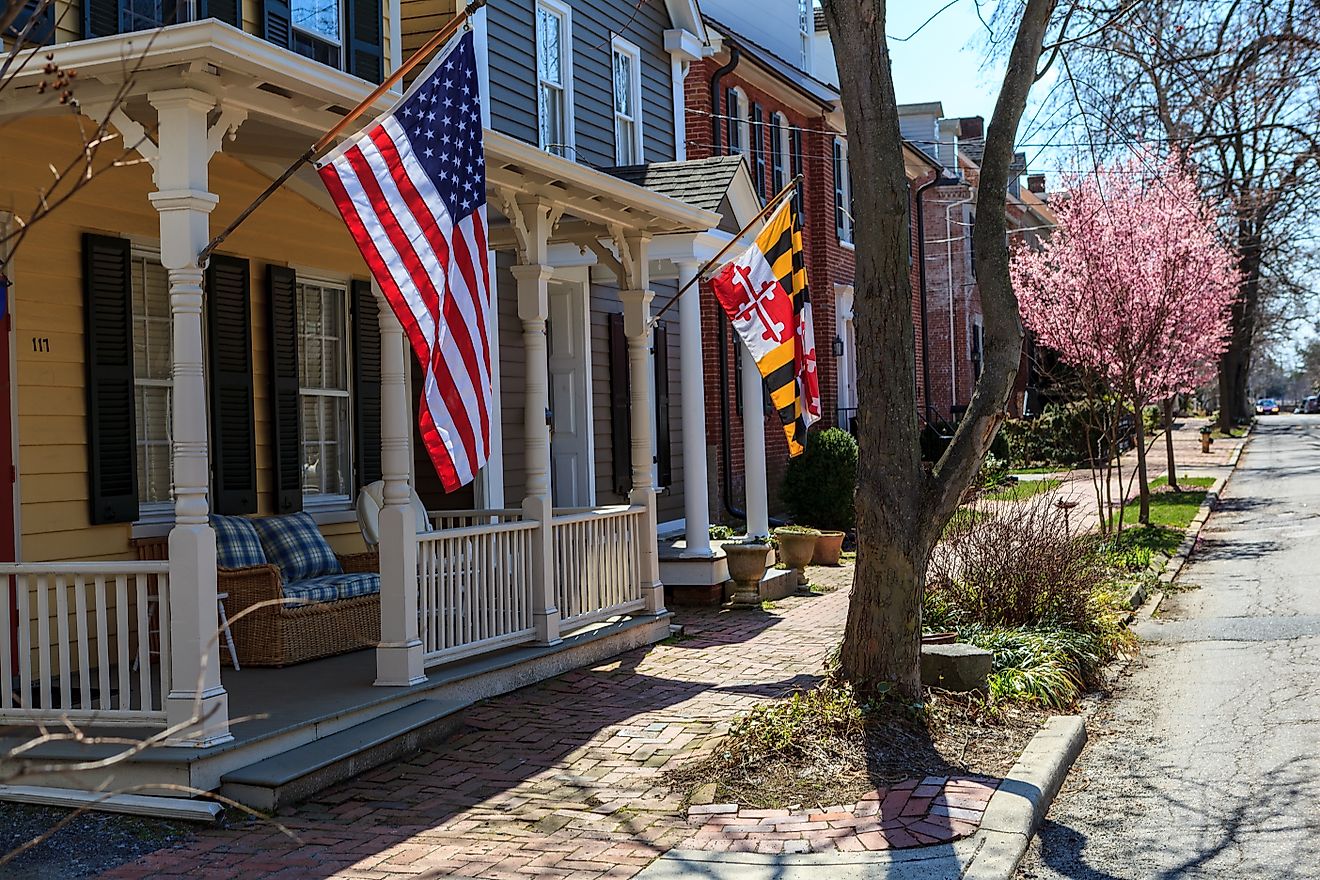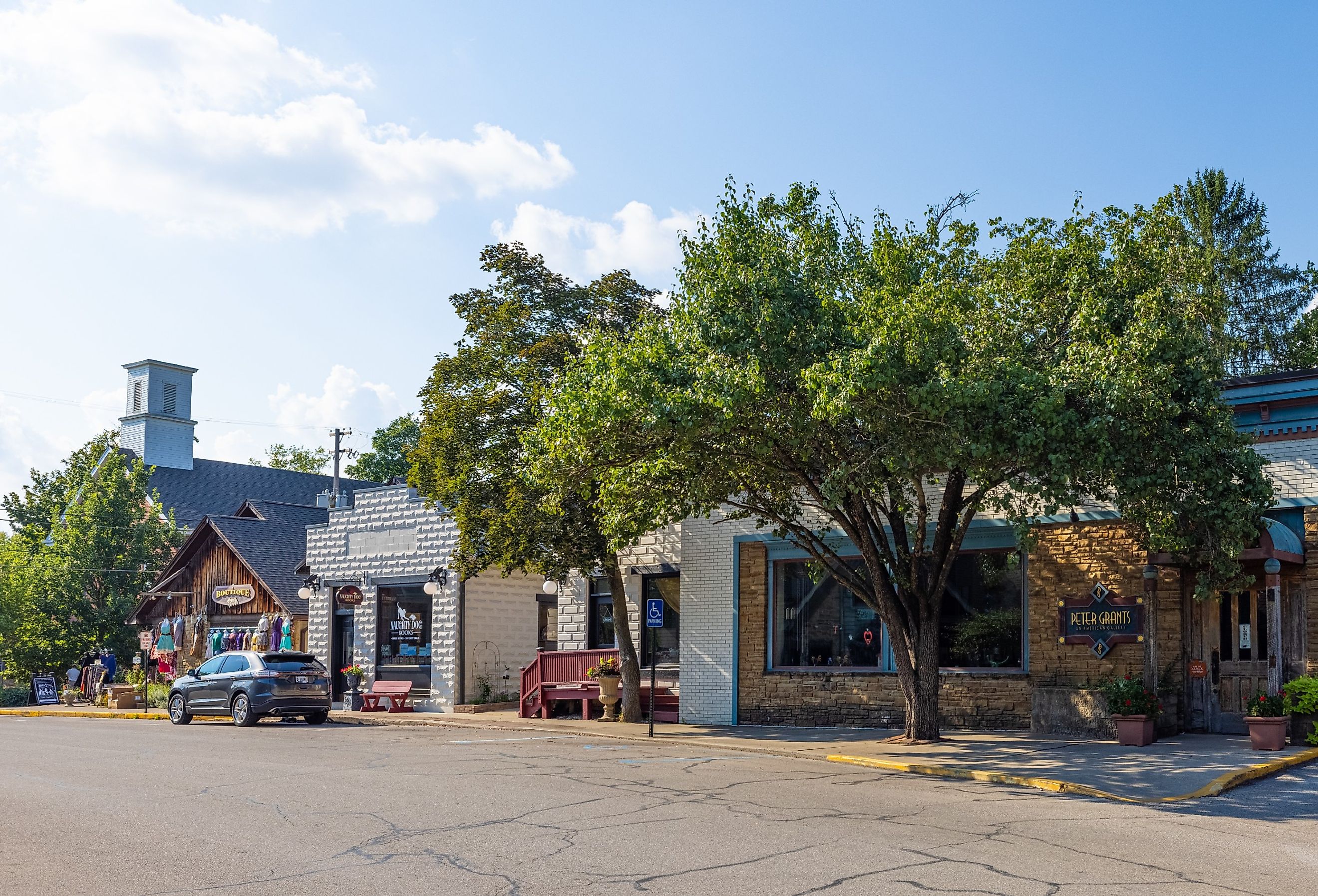
8 Most Quaint Small Towns in Indiana
Indiana's small towns offer quaint destinations for the traveler. Whether one's interest is in frontier history, architecture, local attractions, or even world-famous athletes, Indiana has a wealth of heritage that makes a weekend or longer visit more than worthwhile. These places range in size from a little over 1,000 to more than 30,000, showing that Indiana's smaller towns deliver on quaintness at various sizes. Much of the towns' history developed from 18th- and 19th-century river trade, including on the Ohio and Wabash waterways, which brought goods and people along and into the Indiana territory. Local points of interest have only matured since then, and today, Indiana's past and present are perhaps best observed through charming small places like these.
Angola

Angola, with a population of 9,400, has hosted residents and a steady flow of visitors since its incorporation in 1838. Situated in Indiana's northeast corner, next to Michigan and Ohio, the town is well-known for a famous statue, erected in the middle of a downtown traffic circle, honoring local men who fought in the US Civil War.
Just north of Angola lies Pokagon State Park, a large green space along Lake James. The town is likewise the home of Trine University, which adds a quaint feel to an already attractive Midwestern setting. Angola's Commercial Historic District, which developed over the one hundred years from 1860 to 1960, provides an eclectic mix of historic architectural styles, from Classical Revival to Art Deco.
Madison
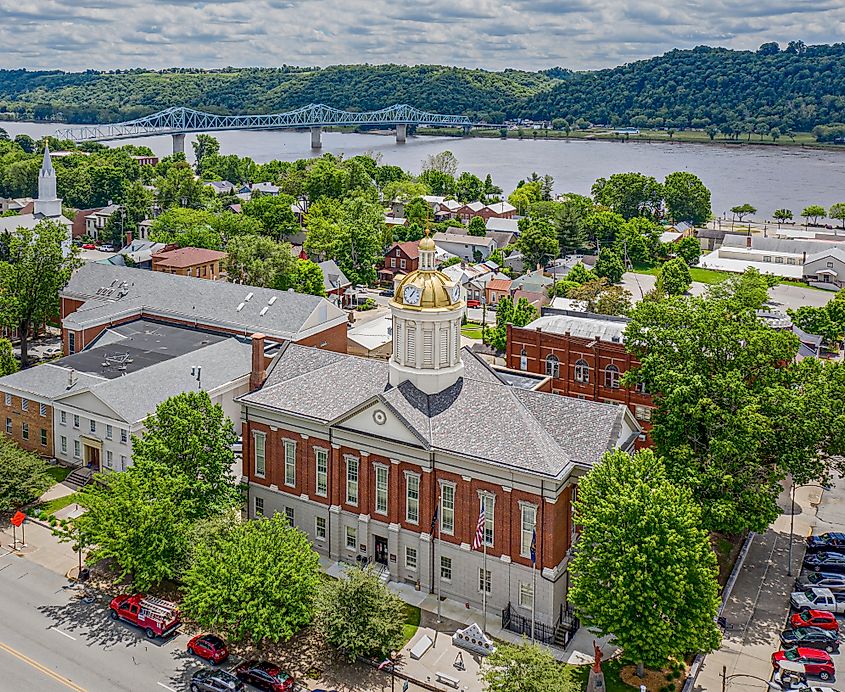
The cute town of Madison, with 12,200 inhabitants, lies along the banks of the Ohio River. The place lies in Indiana's southeast and is midway between the cities of Cincinnati, Ohio, and Louisville, Kentucky. Named after former US president James Madison, Madison offers as many architectural examples as Angola and likewise hosts the Jefferson County Historical Museum.
Much of Madison’s downtown area is recognized as a National Historic Landmark District. For park lovers, Madison's best offering is Clifty Falls State Park, with the scenic Clifty Creek and numerous waterfalls. The town also maintains a lively cultural calendar, with festivals and street events taking place year-round, such as the Chautauqua Festival of Art and the Madison Regatta.
Corydon

Despite its population of just 3,200, the picturesque hamlet of Corydon boasts an outsized place in history. As the former capital of the Indiana Territory, Corydon also acted as the capital of Indiana from 1816 to 1825. Situated in the southern part of the state, about 25 miles west of Louisville, Kentucky, Corydon's downtown features on the National Register of Historic Places and offers a diversity of historic architecture and buildings of note. Visitors can see the Old Capitol Building and the Old Treasury Building, among other former government structures. Corydon was also the site of Indiana's only battle in the US Civil War, which took place in July 1863.
These days, the town organizes numerous festivals every year, namely the Harrison County Fair, Halloween Parade, and bluegrass music concerts. Those looking for nature can find it in nearby O’Bannon Woods State Park and the Haywood Nature Reserve, which have mountain biking, hiking, and horseback riding. Also close to Corydon is Indiana Caverns, the state's largest underground cave network.
Goshen

Goshen, a larger town with 34,400 residents, lies in north-central Indiana and serves as the seat of Elkhart County. Prior to European settlement, the region was home to Native American tribes, including the Miami, Peoria, and Potowatomi. More recently, the town is known to some by its nickname, "Maple City," for its many maple trees.
Goshen is home to Goshen College and a collection of preserved historic buildings and areas. These include the Elkhart County Courthouse, a stately brick building that was first constructed from 1868 to 1870, just after the US Civil War. The town also maintains the Elkhart County Fairgrounds, which holds the annual Elkhart Country 4-H Fair to celebrate the region's agricultural abilities. Goshen keeps up a lively events calendar and works in association with the "First Fridays" program. Running since 2007, the program organizes cultural and family-friendly events of all kinds.
Nashville
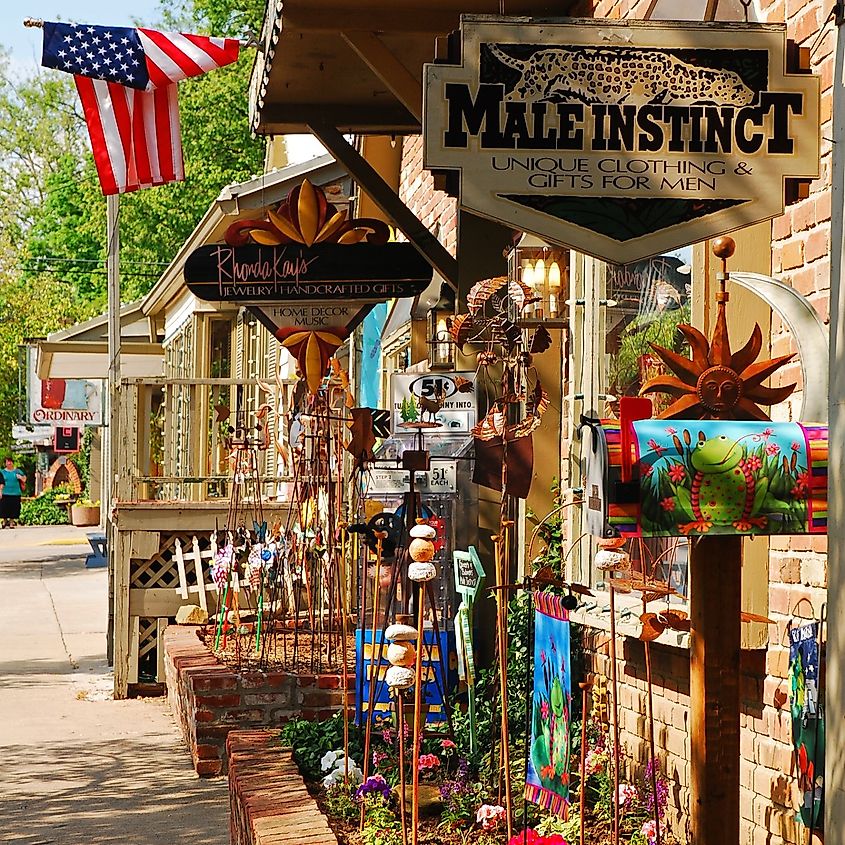
With the same name as the city in Tennessee, the smaller location in Indiana has fewer than 1,300 residents. At the same, Indiana's Nashville should appeal to many kinds of travelers, not least for its easy access south of Indianapolis. The town's history is especially important on a cultural level: the Brown County Art Colony, a commune for creatives, developed here starting in 1908. The colony grew to become one of the most influential sites of artistic creativity in the US Midwest. Nashville's historic downtown features the Brown County Courthouse, built from 1873 to 1874, as well as a former jail, the Old Log Jail, made out of wooden logs.
Other draws to Nashville include the Pioneer Museum, which educates visitors on Indiana's frontier era, and a lively antique market with enough antique stores, not to mention cafes, restaurants, and a tradition of art and galleries that continues today.
French Lick

Basketball fans may already know French Lick as the hometown of the legendary player Larry Bird. Today, the adorable town has just 1,700 people, but its past and present promise tourists much to enjoy. Its name derives from its past as a French trading post built near a salt lick. The town lies 50 miles to the northwest of Louisville, Kentucky.
Travelers can step inside the French Lick West Baden Museum or have a look at the French Lick Springs Hotel, the West Baden Springs Hotel. Outdoorsy visitors can peek into the 2,200-foot Burton Railroad Tunnel, itself part of the Hoosier National Forest. Golf enthusiasts can spend time at the Pete Dye Course. The town features various nods to its most famous native son: Larry Bird Boulevard, in north-central French Lick, as well as a bust of the man himself.
Aurora

Named after the Roman goddess of the dawn and, according to historical reports, to show their rivalry with the nearby town of Rising Sun, Aurora developed from its 1819 incorporation into a thriving small town. Today, the town, with a population of 3,500, blends a rich frontier history with a thriving present. Located on the banks of the Ohio River, which marks the border with the nearby state of Kentucky, Aurora operated for generations as a key riparian trading center. The historic district was named to the National Register of Historic Places in 1996.
Tourists looking for fresh air can find it in the town's abundance of parks, like Aurora City Park, Mary A. Stratton Park, and Gabbard Riverfront Park. The town hosts the Aurora Farmers Fair every autumn, which is one of Indiana’s oldest festivals.
Wabash

Sitting on the Wabash River, the northeastern town of Wabash, with a population of 10,300, has also earned its place in history. The town became the world's first electrically lighted city when the power first flipped on in 1880. In more modern times, Wabash hosts the Honeywell Center, a hub for arts and entertainment since its 1952 opening. Wabash owes its founding to its proximity to the river, which allowed for trade and a steady flow of settlers.
Nature lovers can take the river in from the Wabash River Trail while also birdwatching and enjoying dramatic natural scenery. Wabash is home to several unique architectural examples, notably the Eagles Theatre, Wabash County Courthouse, and the Wabash County Historical Museum, which celebrates the town's rich industrial past.
As these towns show, Indiana's quaint places should appeal to visitors of all ages and tastes. Hamlets like Nashville and French Lick hold big claims to history despite their size. Larger places, from Goshen to Madison, likewise give tourists good reasons to come for a first visit — or many visits after that.
Indiana's smaller locations provide a more accessible, sometimes unique way to understand the state's older and more recent history from a local perspective. With so much history, cultural wealth, natural and river-based attractions, and overall charm, Indiana's quaint towns should be the next place on the active traveler's list of must-see destinations.
